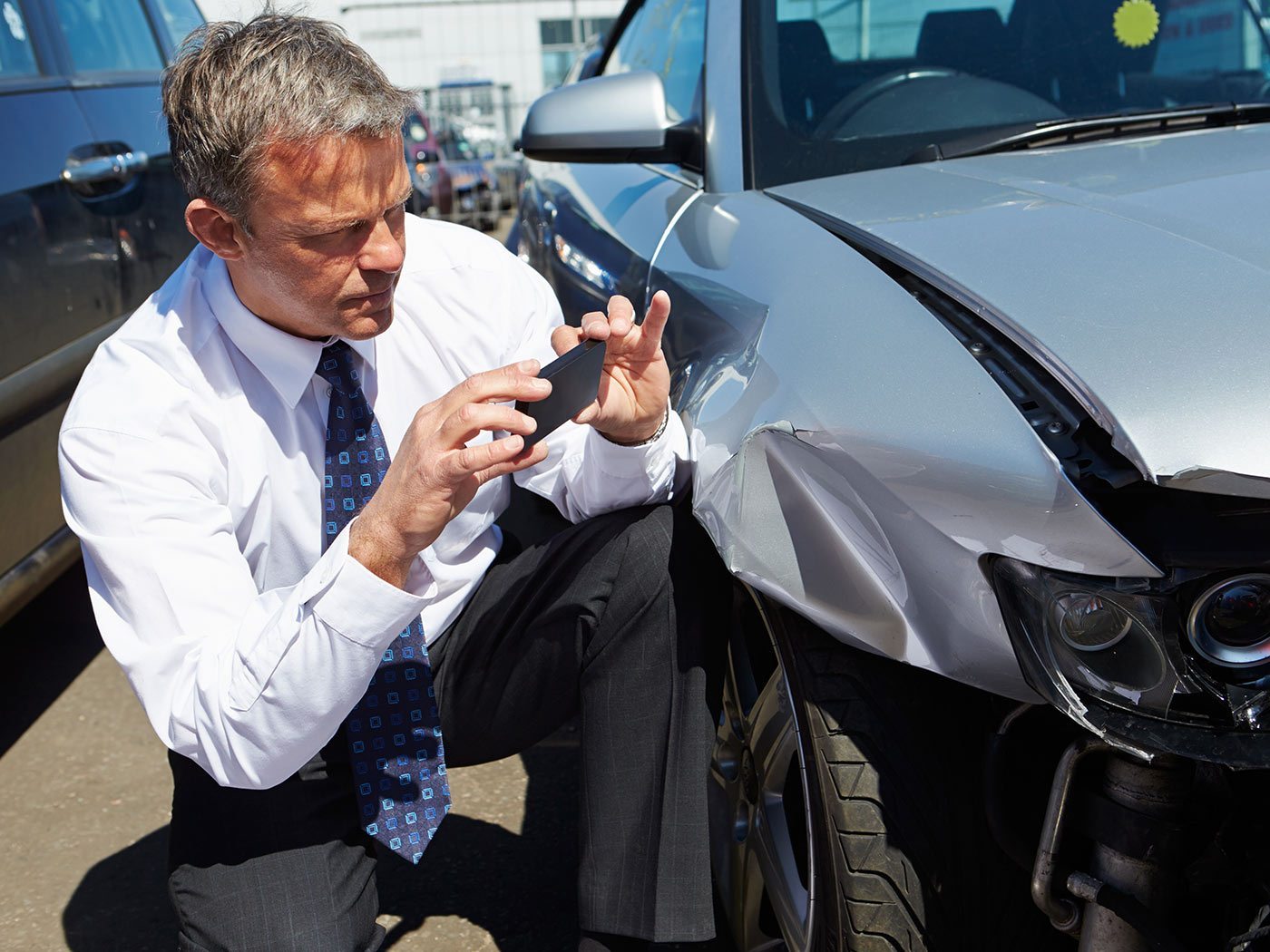Do’s and Don’ts After a Hit-and-Run Accident
A driver hit your car and fled. Here’s what to do, and not to do, if this common ordeal happens to you.
 iStock
iStock
About 11 percent of all accidents reported to the police involve at least one driver fleeing the scene. And if you’re the victim of a hit-and-run accident, you’re left to deal with the consequences and often the cost. If you’ve witnessed the incident or later discovered damages, what do you do? These steps can help you get through this frustrating experience.
Don’t: Lose your temper. Letting emotions overtake you can make a bad situation worse.
Do: Collect yourself and address the situation with poise.
Don’t: If you’re in your vehicle at the time, don’t chase the other car. Doing so can create other accidents or worse.
Do: Collect as much information as you can about the other car: make and model, color, bumper stickers or other identifying features, and license plate number, plus the street where you saw the fleeing car last and the direction it was headed.
Do: Call police as soon as possible after the hit-and-run accident occurs, and wait for an officer to arrive. File an accident report, which can help speed insurance claims even if police don’t locate the other driver. If an officer doesn’t come to the scene, you can file an accident report at the nearest police station.
Do: Document the date and time it occurred (or that the hit-and-run happened when you were away from your parked car), along with the location and all damage to your car. Take photos of the scene and your car, especially if there’s paint from the other car on yours. Photos will help your cause with the insurance company, proving the claim is legitimate. And if you’re insured through AAA, you can upload these photos to the AAA Mobile app to get the claims process started.
Do: Ask people in the vicinity if they saw it happen or heard about other hit-and-runs in the area. Collect names and phone numbers for all witnesses, and share yours.
Do: Check if there’s video of the scene. Some businesses and municipalities have surveillance cameras that operate around the clock. Having video can help police track down the other driver and lend credence to your insurance claim.
Do: Contact your insurance provider from the scene, if possible. Tell your agent what happened, and discuss what action you need to take.
Don’t: Assume the insurance claim will be open-and-shut. Understanding how insurance covers hit-and-run accidents will help you navigate the process.
Do: Know that many—but not all—states require drivers to have uninsured motorist (UM) coverage. There are two types: uninsured motorist bodily injury (UMBI), which covers medical expenses, and uninsured motorist property damage (UMPD), which pays car repairs. Be aware that six states don’t allow UM to cover repairs in hit-and-run accidents, but motorists may pay those repairs through other coverage, such as collision.